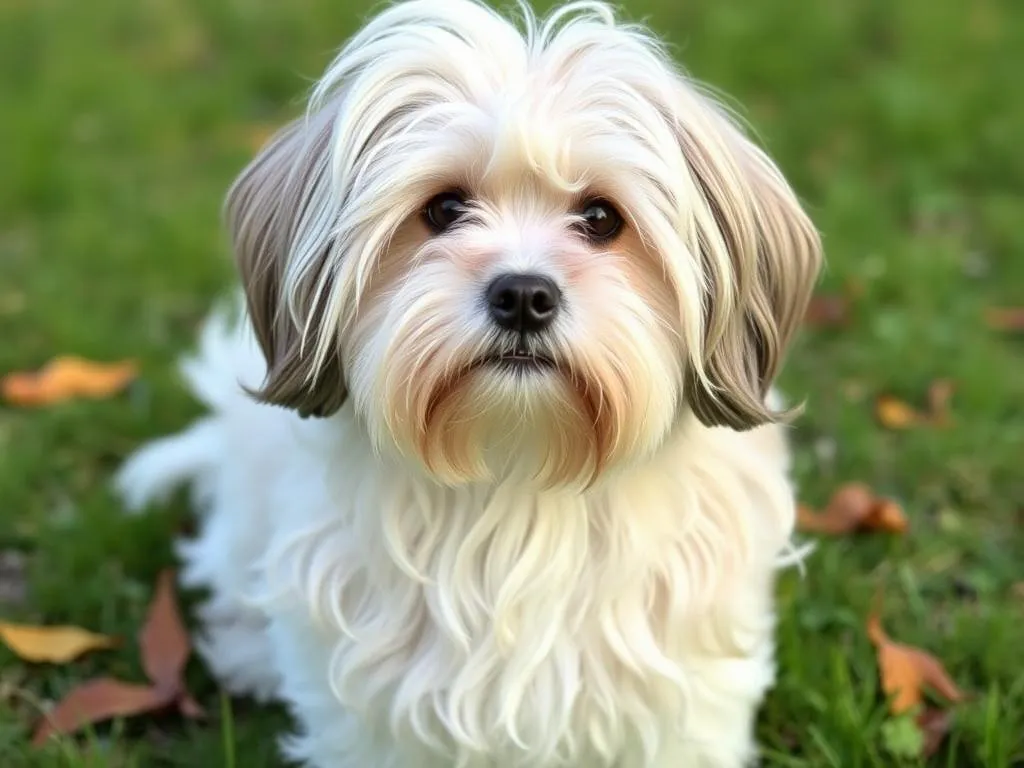
Introduction
The Havanese breed is a small, charming toy breed that has captured the hearts of many dog lovers around the globe. Known for their playful demeanor and affectionate nature, Havanese dogs are often seen as ideal companions for families and individuals alike. Understanding the unique characteristics and needs of this breed is essential for anyone considering adding a Havanese to their home.
In this comprehensive guide, we will delve into fascinating Havanese facts, covering their history, physical traits, temperament, health, grooming needs, and more. Whether you’re a potential pet owner or simply a dog enthusiast, this article aims to provide valuable insights into the Havanese dog breed.
History of the Havanese Breed
The history of the Havanese is rich and deeply intertwined with Cuban culture. This breed is believed to have descended from the now-extinct Blanquito de la Habana, a small dog that was cherished by the Cuban aristocracy. The Havanese dog was bred for companionship, and its presence in Cuba dates back to the 16th century.
Origin and Cultural Significance
Cuba’s tropical landscape provided an ideal setting for the development of the Havanese. They were often found in affluent households, where they were pampered and adored. The breed’s connection to Cuba extends beyond mere companionship; it symbolizes the island’s culture and history.
Development and Recognition
The Havanese gained formal recognition from kennel clubs in the late 20th century. The American Kennel Club (AKC) recognized the breed in 1996, marking a significant milestone in its history. The breed’s popularity surged as more people became enamored with its endearing personality and elegant appearance, influencing its status as a beloved companion dog globally.
Physical Characteristics
Understanding the physical traits of the Havanese is crucial for potential owners. They are small yet sturdy dogs that possess several distinctive features.
Size and Weight
Typically, adult Havanese dogs stand between 8.5 to 11.5 inches tall at the shoulder and weigh between 7 to 13 pounds. Their compact size makes them ideal for apartment living, but they still require regular exercise to stay healthy and happy.
Coat and Colors
The Havanese has a unique double coat that is both silky and soft. Their coat can be either straight or wavy, and it requires regular grooming to prevent matting. Common color patterns include:
- Solid colors: White, black, chocolate
- Mixed colors: Gold and white, black and tan, and various brindle patterns
Distinctive Features
Havanese dogs have expressive, dark eyes that give them a lively and intelligent look. Their ears are long and covered with soft fur, often hanging down by their cheeks. The tail is another distinctive feature; it is typically carried high and curled over the back, contributing to their overall charming appearance.
Temperament and Behavior
The Havanese is known for its sociable and affectionate nature. These dogs thrive on companionship and are eager to please their owners.
General Temperament Traits
Havanese dogs are friendly, playful, and outgoing. They enjoy being around people and often form strong bonds with their families. Their affectionate demeanor makes them excellent companions for both children and adults.
Compatibility with Families and Other Pets
The Havanese is particularly well-suited for families, as they are gentle and patient with children. They tend to get along well with other pets, including cats and dogs, making them a versatile addition to any household. Early socialization is essential to ensure they develop good manners and adapt well to various environments.
Training and Intelligence
Havanese dogs are intelligent and eager to learn, making them relatively easy to train. They respond well to positive reinforcement techniques, such as treats and praise. However, consistency and patience are vital, as they can sometimes exhibit a stubborn streak. Basic obedience training and socialization classes are highly recommended to help them develop into well-mannered companions.
Health and Lifespan
Like all breeds, the Havanese is prone to certain health issues. Understanding these can help owners take proactive steps to ensure their dog’s well-being.
Common Health Issues in Havanese
Some common health concerns include:
- Hip dysplasia
- Eye conditions, such as cataracts and retinal problems
- Patellar luxation (dislocated kneecap)
Regular veterinary check-ups and a healthy lifestyle can help mitigate these issues.
Regular Health Check-ups and Preventive Care
Routine veterinary visits are essential for maintaining the health of your Havanese. These check-ups can help detect potential health problems early, allowing for timely interventions. Vaccinations, dental care, and parasite prevention are crucial aspects of preventive care.
Average Lifespan of Havanese
The average lifespan of a Havanese is between 12 to 15 years. Factors influencing longevity include genetics, diet, exercise, and overall health care. With proper care, many Havanese can live well into their teenage years, bringing joy to their families for many years.
Grooming and Care
The grooming needs of the Havanese require commitment but are manageable with the right approach.
Coating Maintenance
The Havanese coat requires regular brushing to prevent tangles and mats. Here are some grooming tips:
- Brush at least 2-3 times a week.
- Bathe every 4 to 6 weeks to keep the coat clean and healthy.
- Use a slicker brush and a comb to detangle.
Nutrition and Diet
A balanced diet is essential for the health of your Havanese. High-quality dog food, whether dry or wet, should be chosen based on their age, size, and activity level. Consult your veterinarian for specific dietary recommendations, especially if your dog has any unique health concerns or dietary restrictions.
Exercise Requirements
Despite their small size, Havanese dogs require regular exercise to stay fit and mentally stimulated. Aim for at least 30 minutes of daily activity, which can include walks, playtime in the yard, or interactive games indoors. Engaging your Havanese in activities not only promotes physical health but also strengthens the bond between you and your pet.
Living with a Havanese
Understanding the living conditions best suited for the Havanese will help ensure a harmonious relationship.
Ideal Living Conditions
Havanese dogs adapt well to various living situations, whether in apartments or larger homes. They thrive in environments where they can interact with their families. A small yard or access to a dog park can provide adequate space for exercise.
Socialization Needs
Early socialization is crucial for the Havanese. Exposing them to different people, pets, and environments helps them develop into well-adjusted adults. Puppy classes or socialization groups can be beneficial in this regard.
Common Behavioral Issues and Solutions
While Havanese dogs are generally well-mannered, some may develop behavioral issues such as excessive barking or separation anxiety. Here are some tips to address these concerns:
- Barking: Consistent training and providing enough mental and physical stimulation can reduce excessive barking.
- Separation Anxiety: Gradually training your dog to spend time alone and providing toys or puzzles can help alleviate anxiety.
Havanese in Popular Culture
The Havanese breed has made notable appearances in various media, showcasing its charm and appeal.
Representation in Media and Literature
Havanese dogs have featured in films and television shows, often portraying their endearing and playful nature. Their small size and friendly demeanor make them a popular choice for family-friendly narratives.
Celebrity Havanese Owners
Several celebrities have proudly owned Havanese dogs, elevating the breed’s status and popularity. Their endorsements highlight the affectionate and loyal nature of these charming companions, further encouraging others to consider adopting or purchasing a Havanese.
Conclusion
In summary, the Havanese is a delightful breed characterized by its affectionate personality, charming appearance, and adaptability to various living conditions. Understanding the unique traits and needs of this breed is essential for prospective owners.
By considering the information provided in this guide, potential owners can make informed decisions about welcoming a Havanese into their homes. Whether you are looking for a playful family companion or a loyal friend, the Havanese is sure to bring joy and love into your life.









